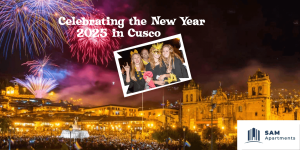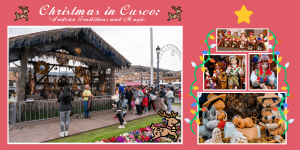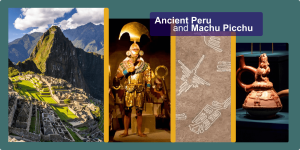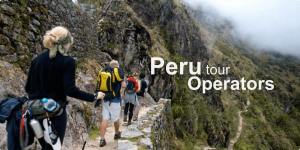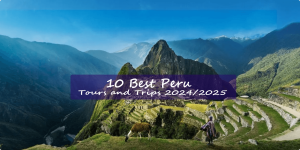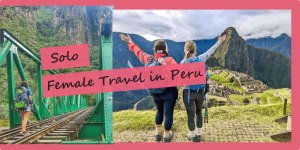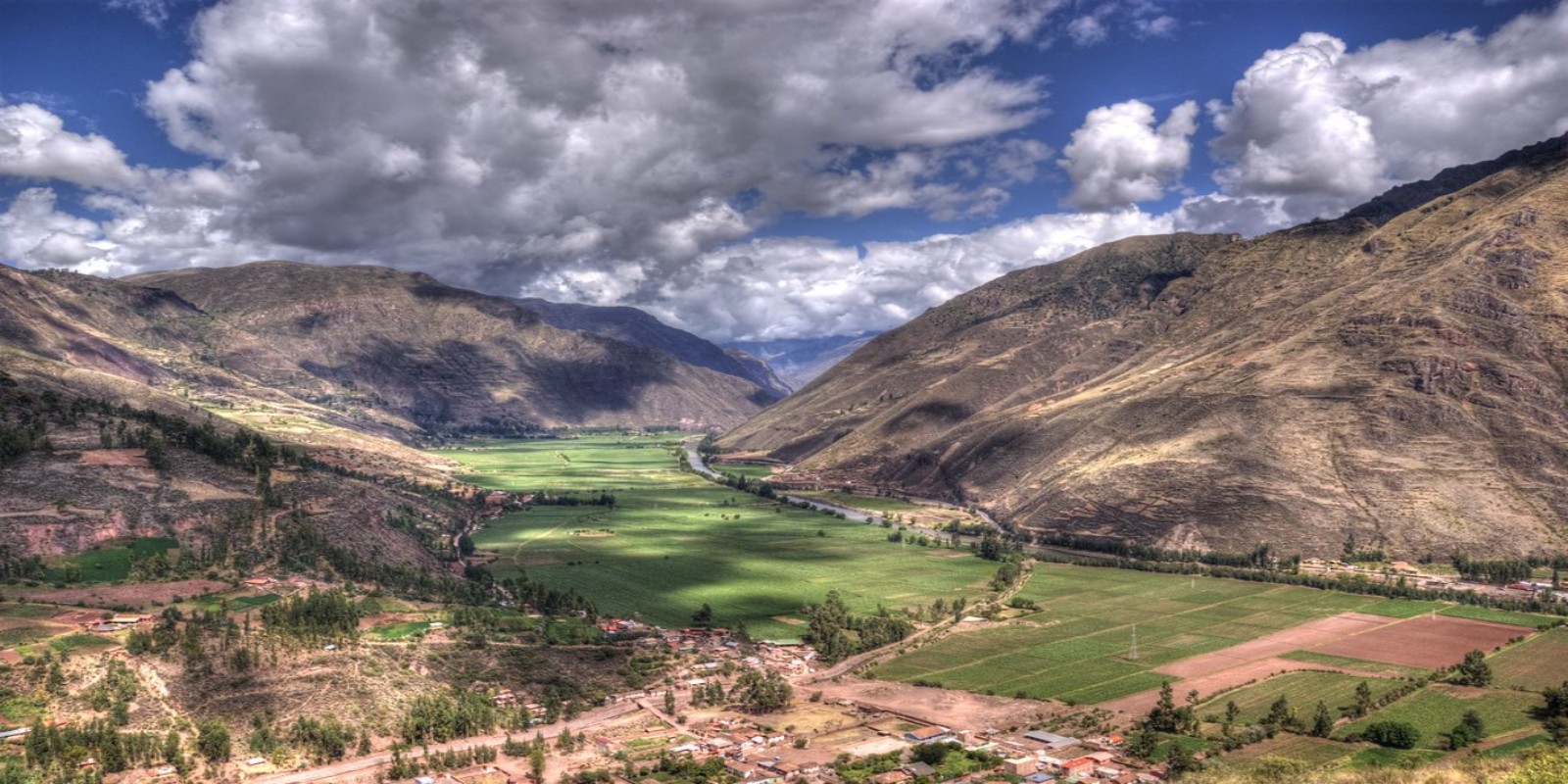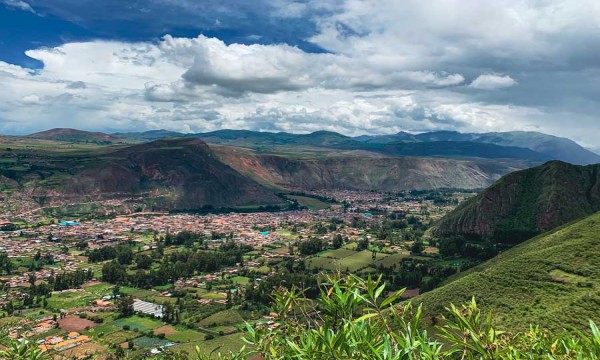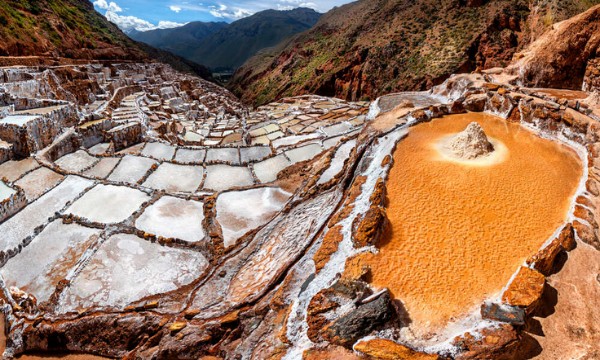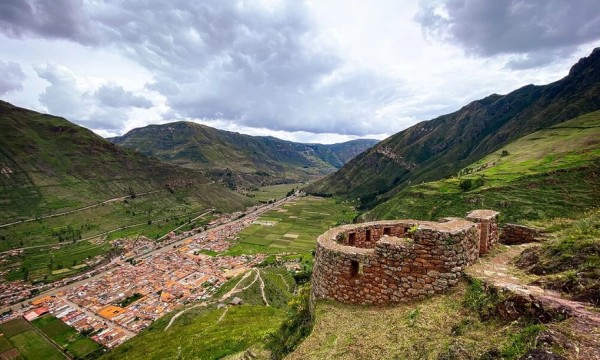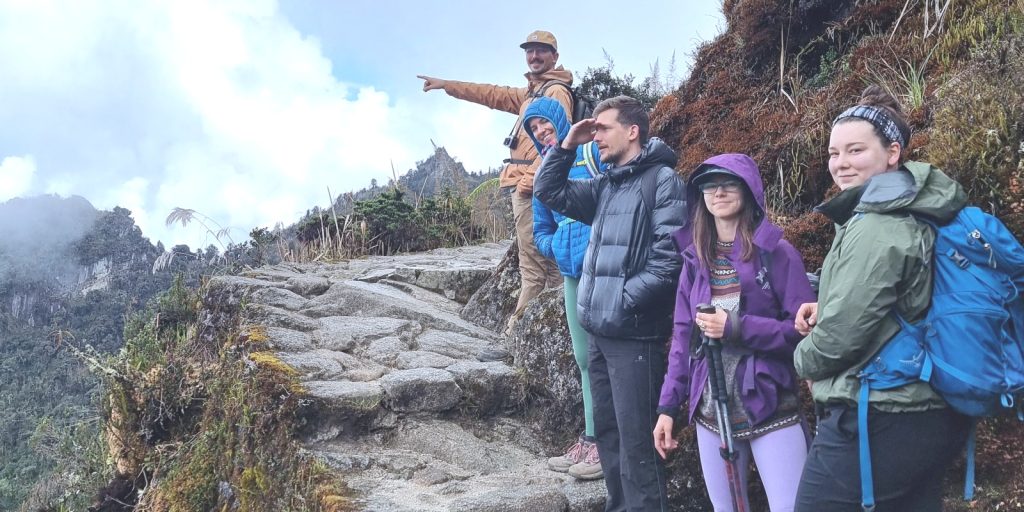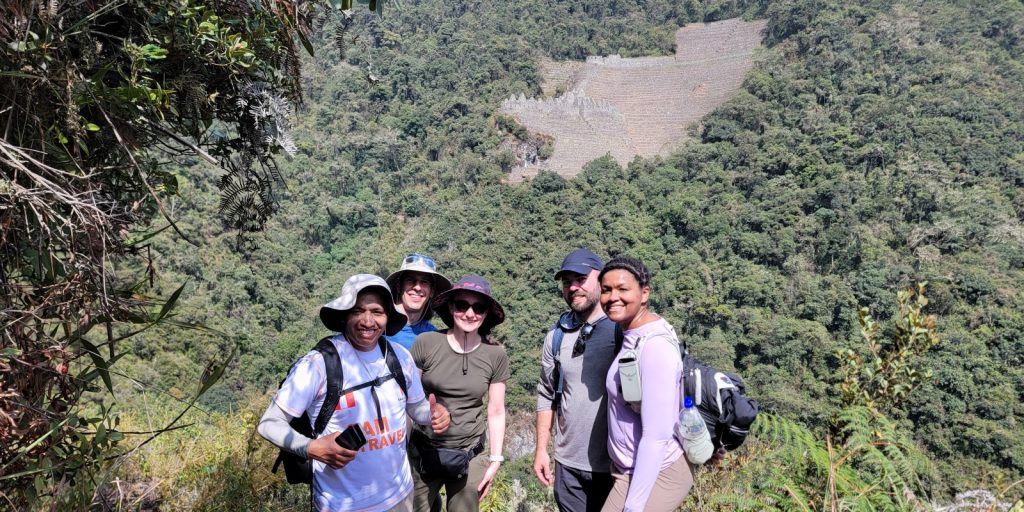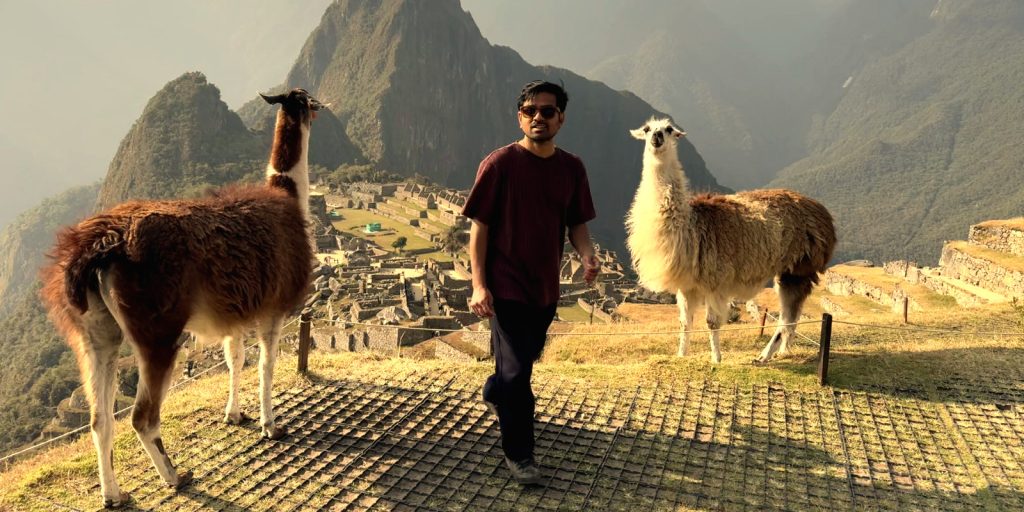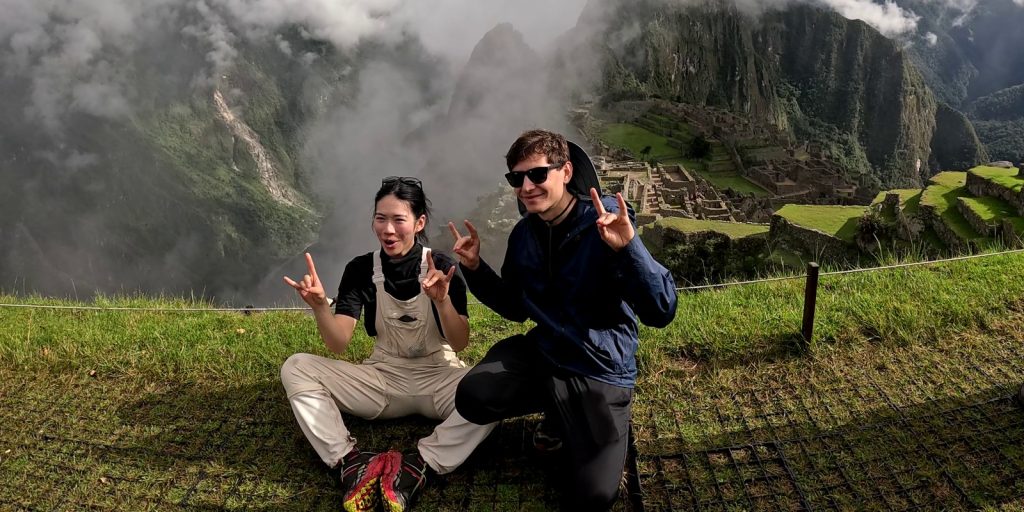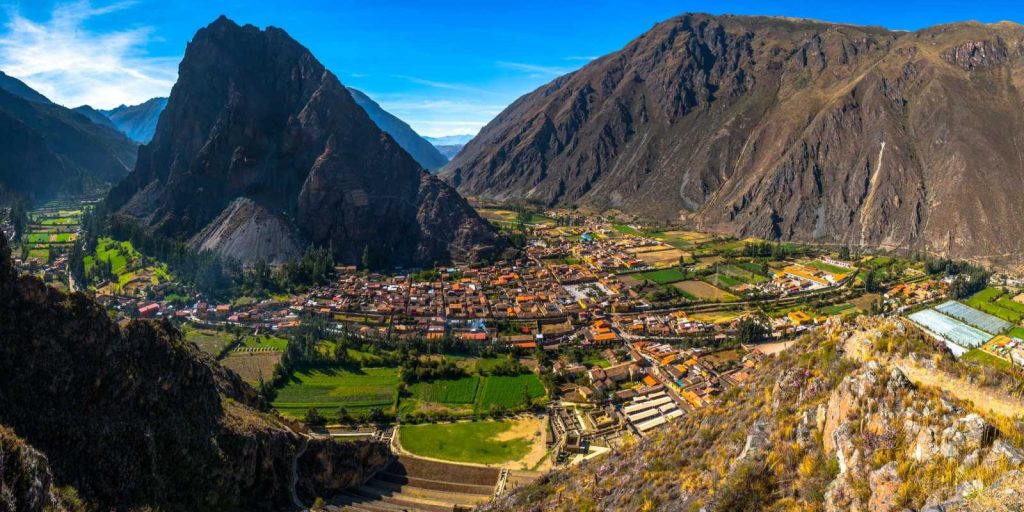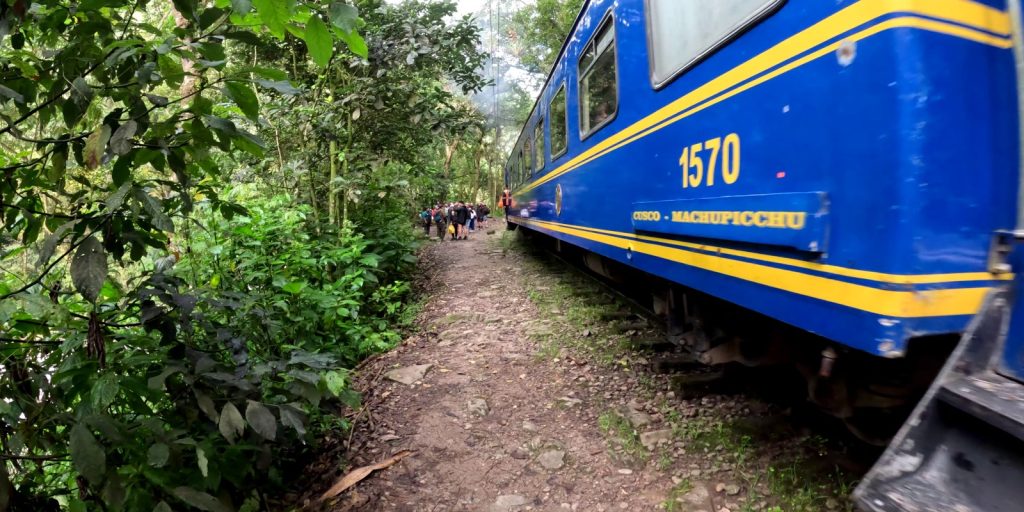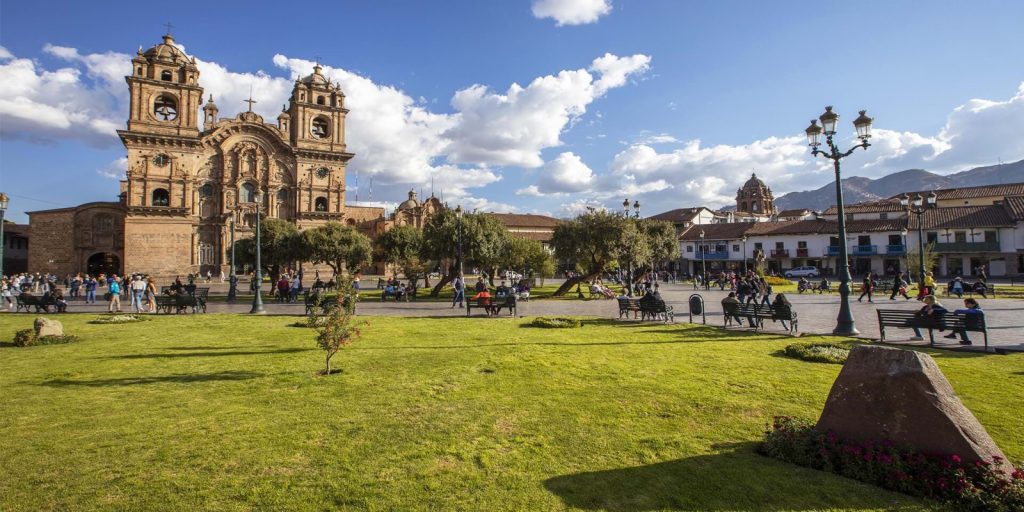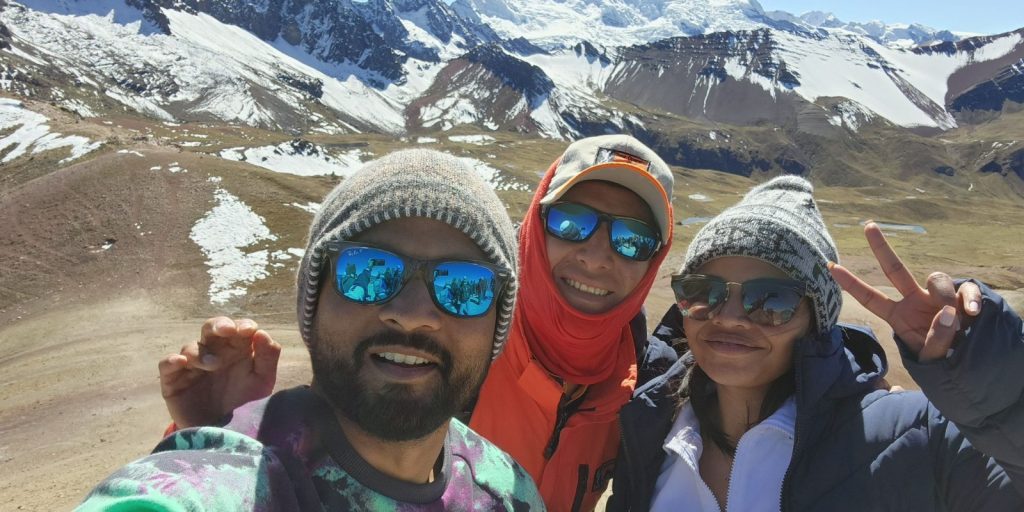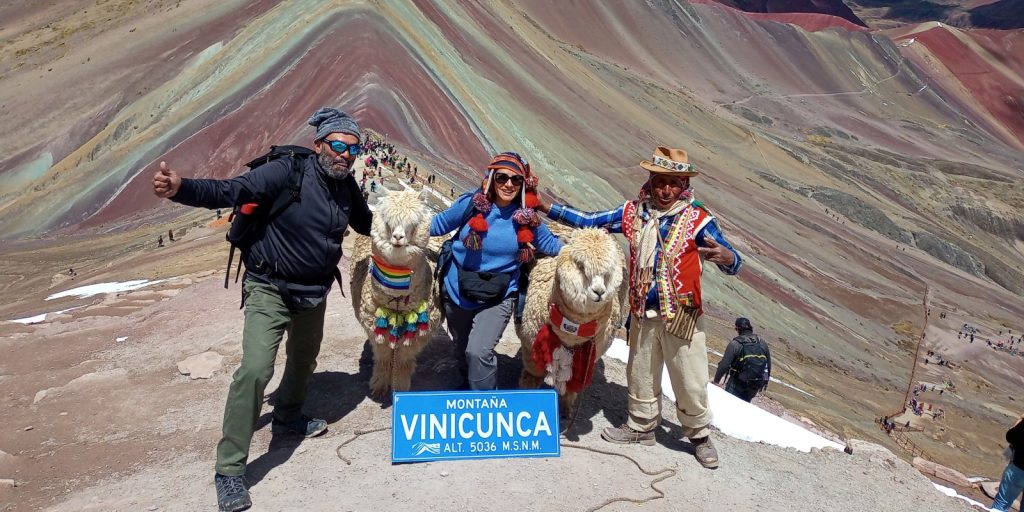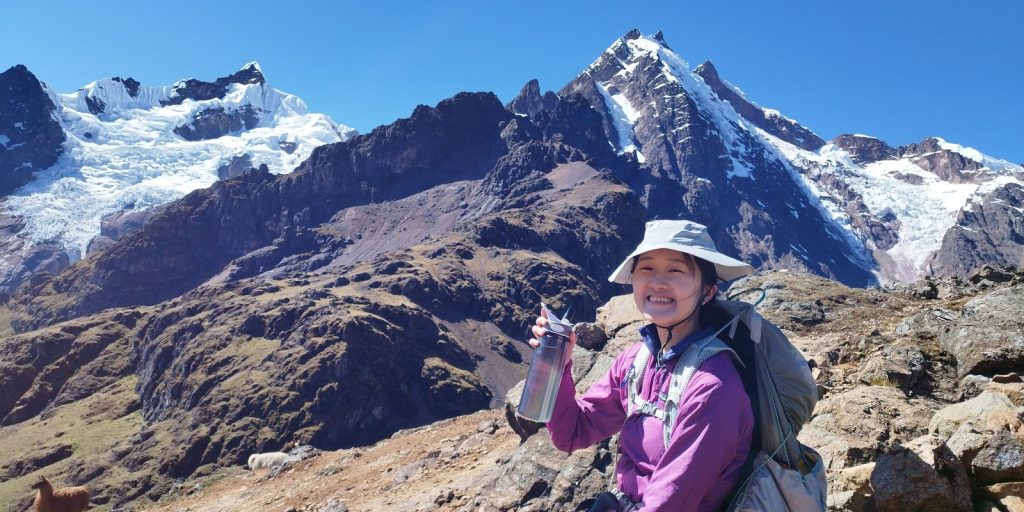Nestled between Cusco and Machu Picchu is the prodigious Sacred Valley of the Inca. The valley is filled with ancient Inca ruins, lovely Spanish Colonial and Inca towns. See bustling souvenir markets and high Andean peaks that feature all through the valley. At a much lower altitude than Cusco the valley has its own climate, which is milder than Cusco. Discover why the Inca civilization regarded the valley as Sacred. Here discover our Travel Guide for Exploring the Sacred Valley Tour.
History
Archeologists believe that the Sacred Valley has been continuously inhabited for more than 3,000 years. There were 3 important civilizations to inhabit the valley before the Inca, the Chanapata, then the Qotacalla, later the Killke. Around 1,000 AC, the Inca began to rise in prominence throughout the region, the Inca took command of the Sacred Valley with its empire eventually stretching well beyond. They used the lush, fertile area to grow corn and other vegetables, which allowed their culture to thrive and grow. As it did, stone cities and fortresses, such as Machu Picchu were built throughout the area, becoming lasting monuments to their civilization.
How to get to the Sacred Valley?
There are many and varied tours to the Sacred Valley from Cusco. There are many agencies around the main square that will offer you tours, but it is always good to have a tour booked with a licensed agency before you arrive in Cusco. The tours generally take you to Pisac Archeological site, Pisac arts and craft market, Ollantaytambo ruin and town. Some will include the Salt Mines at Maras and the Inca Garden at Moray, before taking you back to Cusco in the early evening. If you don’t want to do a tour there are many buses to Pisac from Cusco and buses in Pisac that will take you to Ollantaytambo. Remember you can’t enter any of the ruins in the Sacred Valley without a guide so you will have to hire one at the gate of the ruins.
Best time to Go?
There is no better time to travel to the Sacred Valley, year-round the climate is mild with chilly nights and warm days. There is however the Wet Season from October to April, where there is a chance of rain and the Dry Season from May to September where the skies are clearer.
Altitude
With an altitude of around 2500 meters above sea level the Sacred Valley is a good place to acclimatize to the altitude. Many spend a few days here to take in the beauty and surroundings.
What you will see in the Sacred Valley of the Incas
Pisac Town
Pisac has attracted many foreigners who now call the town home. See their influence as you walk around the town. Pisac is filled with lovely cafes and restaurants to suit any taste. The colorful and lively Pisac market is a great place to buy local arts and crafts. On the main square you will find a colonial church with services on Sunday that you are able to attend.
Pisac Archeological Site
Most historians agree that the ancient complex at Pisac was built by the Inca Emperor Pachachutec between the years 1438 and 1472. There’s not much known about the site prior to this period, but pottery and artifacts found there indicate that it was occupied for some time before the completion of Pisac. It’s not known what the site was used for, many experts believe it had military, religious and agricultural significance. Many also believe it was used as a retreat for royals and nobles and a safe haven for them in times of danger.
Ollantaytambo
The town of Ollantaytambo is an Inca town with a fascinating history. It is said that it was the last strong hold of the Inca, where they held off the Spanish invaders before defeat and were forced to flee into the jungle. Today you will see the impressive fortress that was built by the Inca Pachachutec in the 15th Century. See the plazas and streets that use the same water system that the Inca built in the 15th Century.
Maras Salt Mines
Built many centuries ago these salt pans capture the salt water from above. Passed down from generation to generation, today the salt mines are owned by many different families who make a living from the sale of the salt and from the tourists who visit. The Maras Salt Mines are a spectacular site and with thousands of salt pans that change color depending on the weather.
Moray
The terracing at Moray is said to be an experimental site where the Inca experimented with growing crops. The soil at the site is not local, so the Inca bought it from different regions of Peru. It has been recorded that the lower you go down the circular terraces the warmer the temperature.
Urubamba
Urubamba is the main town of the valley and where you are likely to have lunch on your Sacred Valley tour. The town have a lovely main square filled with flowers and shady trees.
Chinchero
Just a short drive from Cusco, Chinchero is a town that you should take the time to visit. Known for its local weavers, the handicraft here is some of the best in Peru. There is a market on Sundays when many local people merge to offer their wares. There is also a colonial church and an Inca ruin to explore.
Urubamba
Maras Salt Mines
Pisac
FAQs
Why is it called the Sacred Valley of the Inca?
The Sacred Valley is named for its fertile soil. The Inca Emperors used this land for their estates which is why there are numerous spectacular Incan ruins leading the way to Machu Picchu.
How to get to Machu Picchu from the Valley?
From the Sacred Valley, you can only take a train or hike the Classic 4-Day Inca Trail or the 2-day Inca Trail.
Train
From Ollantaytambo station, the train goes directly to Aguas Calientes, the town at the base of Machu Picchu. From there, the bus that will take you to the top of the mountain where the citadel of Machu Picchu, incredibly, is situated. The train will take 90 minutes from Ollantaytambo station to Aguas Calientes. The bus to Machu Picchu is 30 minutes.
The Inca Trail
Departing from the town of Ollantaytambo, your Inca Trail journey begins in the Sacred Valley and finishes at the Sun Gate of Machu Picchu.
How long should I stay in the Sacred Valley?
If you are able, you should spend at least 1 day if not 2 as there are many different sites to see. There are many wonderful hotels in the Sacred Valley in renovated Spanish colonial houses.
Where is the Sacred Valley located?
Close to the city of Cusco, the Sacred Valley is located in the Andes mountains in Peru.
Travel Tips
Planning Ahead
Traveling to the Cusco and Sacred Valley region in the high season (June, July, August) requires months of advanced planning because services fill up quickly. Trip logistics include airfare, hotel reservations, tours, and train tickets and entrance tickets if you go to Machu Picchu. Limited permits for hiking the Inca Trail to Machu Picchu can book up sometimes 6 months in advance.
What to bring with you?
Footwear. Comfortable hiking boots or athletic sneakers with good traction are ideal for walking up to and around the Inca archaeological complexes.
Sun protection. Don’t forget your hat, glasses, and sunblock for sun protection.
Day excursions. Bring a daypack with snug straps to carry your water, camera, and other personal belongings.
Rainy season.During the rainy season months, pack a waterproof jacket or a travel-size umbrella. Plastic ponchos are also available to buy in Cusco and the Sacred Valley.
Money
Soles are used to pay for taxi rides, small purchases and tips for guides. It’s good to carry around small bills and coins in the Sacred Valley because market vendors and small stores may not have adequate change to break larger notes. You will get a better exchange rate in Cusco than in the Sacred Valley towns. There are ATMs in Pisac, Urubamba, and Ollantaytambo that dispense both US dollars and local currency.
Tips
Tips are a personal choice but appreciated. If you feel that you have had good service than feel free to tip the amount you feel comfortable.
The Sacred Valley is a must see when traveling to Cusco. This beautiful peaceful part of Peru will inspire you with its high mountain slopes, green valleys and magnificent Inca palaces. Wonder through the colorful local market at Pisac and lunch at one of the many delicious restaurants in the many towns. Don’t miss the Sacred Valley.
